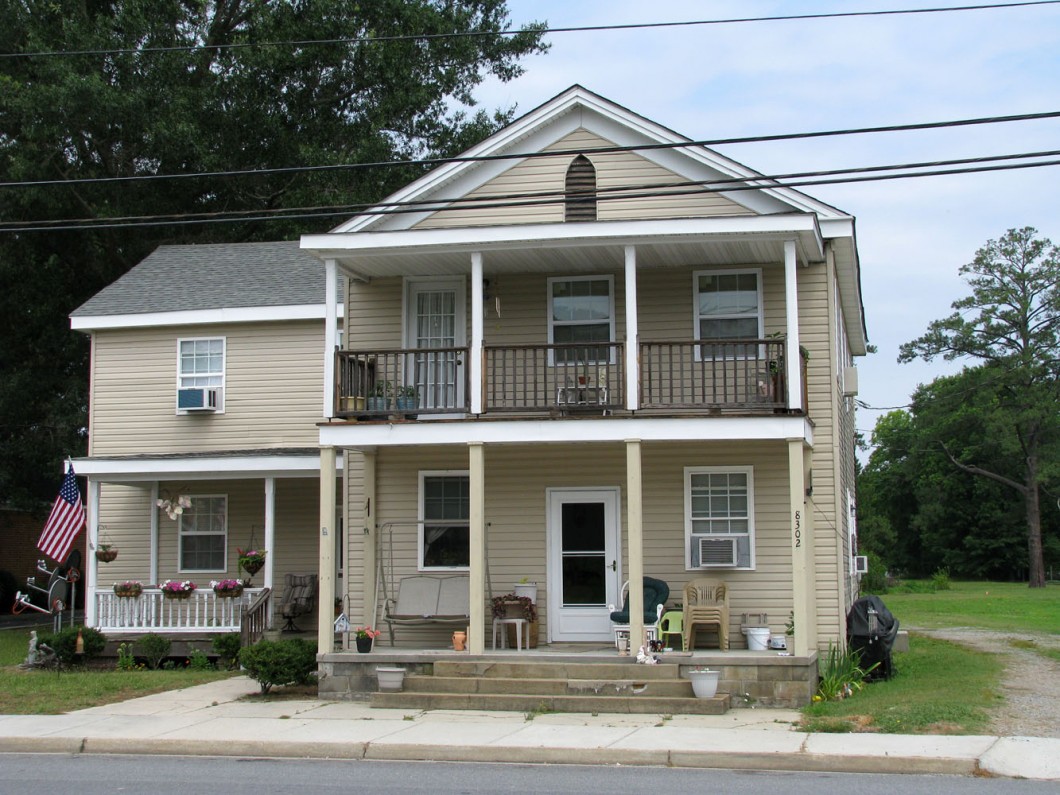Apt Building For Sale Near Me – The idea that everything is for sale works to perpetuate inequality, as those with the most resources can continue to amass power and wealth, while others are left to scramble for what little they can get. Everything for sale. The truth is that the idea of quality is deeply rooted in the philosophy of craftsmanship, heritage, and trust, which explains why certain items, often categorized as quality goods, tend to be prized more than others, even when they may come with a higher price tag. The growing appeal of second-hand goods is also tied to a growing awareness of environmental issues. In a world where everything is for sale, it’s easy for the vulnerable and the marginalized to be taken advantage of. The business-for-sale market continues to evolve, influenced by economic trends, technological advancements, and shifts in consumer behavior, but one thing remains clear: buying and selling businesses will always be a fundamental part of the global economy. One of the most popular categories of second-hand goods for sale is clothing. By buying second-hand goods, consumers can feel good about supporting their communities and giving back to those in need. There are those who argue that not everything should be for sale. This has opened up new possibilities for people to find exactly what they’re looking for, whether it’s a specific brand of furniture or a limited edition item that was once sold out. In this digital age, it often feels like there’s no such thing as privacy anymore, and that’s because we’ve essentially agreed to sell pieces of ourselves in exchange for recognition, affirmation, or even money. Online marketplaces have opened up opportunities for people to buy and sell goods from the comfort of their own homes. This connection between consumers and the creators of quality goods is something that’s been fostered for centuries. What will come next? What new opportunities will arise from this decision? When an item is placed “for sale,” it’s not just the object that’s changing hands; it’s often a reflection of the personal changes happening within the seller. For sellers, the challenge lies in pricing items fairly and accurately representing their condition. Whether through their durability, aesthetic appeal, or the values they embody, these products go beyond simple transactions. The growing interest in second-hand goods can also be attributed to shifting cultural attitudes toward consumption. To mitigate this risk, buyers should ask for detailed photos, read product descriptions carefully, and inquire about the condition of the item before making a purchase. In the world of quality goods for sale, there is also an inherent sense of value in the stories behind them. These platforms provide a convenient way for sellers to connect with potential buyers, set their prices, and arrange for shipping or pick-up.

Montecito Apartments (4 fourplexes) Santa Rosa, CA for Sale
Golf coursescustomer supportany timeadvanced search

Apartment Buildings For Sale In Athens Ga Apartment Post
Golf coursescustomer supportany timeadvanced search

25+ Unit Apartment Building Offered For Sale in Pasco County Florida
Golf coursescustomer supportany timeadvanced search

Apartment Buildings For Sale In Northern Virginia at Jacqueline
Golf coursescustomer supportany timeadvanced search

Apartment Complex For Sale In Orlando Florida Apartment Post
Golf coursescustomer supportany timeadvanced search

Apartment Buildings For Sale In Roanoke Va at Owen Meadow blog
Golf coursescustomer supportany timeadvanced search

Apartment Building Sale Denver
Golf coursescustomer supportany timeadvanced search

Apartment Building Sale Lakewood
Golf coursescustomer supportany timeadvanced search

Apartment Buildings For Sale In Northern Virginia at Jacqueline
Golf coursescustomer supportany timeadvanced search

Four Newly Built Apartment Complexes Dallas, TX for Sale
Golf coursescustomer supportany timeadvanced search
In the end, the real challenge is to navigate this world — to understand the forces of commerce that shape our lives, while holding onto those things that remain beyond the reach of money. Millennials and Gen Z, in particular, have embraced the idea of second-hand shopping as a way to challenge consumerism, reduce waste, and express their individuality. It carries with it a deep sense of commodification — the idea that every part of our lives, every piece of our history, every corner of our existence, has a price attached to it. Additionally, there is the challenge of integrating the business into their existing operations and ensuring that it continues to thrive under new ownership. Acquiring an established business can provide a head start in terms of customer relationships, operational systems, and brand recognition. Whether it’s a car, a house, or a simple piece of furniture, there’s a process that unfolds. Upcycling is a great way to make the most out of second-hand goods, adding both value and meaning to the items that are being repurposed. Relationships can become transactional, where each party enters into an agreement based on what they stand to gain. In the realm of real estate, for instance, selling a house is often an emotional and logistical challenge. Selling such an item can be a difficult decision, yet it often represents the practical need to downsize or make space for something new. The rise of minimalist living, which emphasizes owning fewer, more meaningful possessions, has played a role in this shift. In recent years, the market for businesses for sale has been affected by several global and local economic factors. The longer something is used, the less likely it is to contribute to the growing problem of waste. The closing process also involves transferring the business’s assets, such as inventory, property, intellectual property, and customer contracts, to the new owner. Even in a marketplace where everything is commodified, there is still room for those moments and experiences that transcend value. These platforms have also made it easier for individuals to sell their own pre-owned goods, turning unused or unwanted items into cash. It’s a small but significant way to make a positive impact on the planet, especially when one considers the volume of waste generated by fast fashion, electronic waste, and disposable goods. Beyond financial savings and environmental impact, second-hand goods also offer a sense of nostalgia and connection to the past. When we begin to view everything through the lens of commerce, it’s easy to lose sight of the things that make life worth living — the moments that aren’t for sale, the experiences that can’t be bought. Everything for sale.
Unlike starting a business from scratch, which requires time to build a reputation and establish market credibility, buying an existing business means stepping into an environment where some of the groundwork has already been done. On the other hand, traditional industries such as brick-and-mortar retail or manufacturing may face challenges, with many businesses in these sectors looking to sell or transition due to changing market conditions. Their inherent value comes not only from their physical characteristics but also from the values of durability and sustainability. This practice is an essential aspect of sustainability, as it helps conserve resources and reduces the amount of waste sent to landfills. Beyond financial savings and environmental impact, second-hand goods also offer a sense of nostalgia and connection to the past. People are rediscovering the value of items that have been made by hand, with care and skill, as opposed to the impersonal, assembly-line products that dominate the marketplace. This sense of history and individuality is part of what makes second-hand shopping so appealing. The artist who created it may have one understanding of its worth, while a collector may see it as a valuable investment, and a casual admirer might simply appreciate its beauty without considering its monetary value. Books, records, and collectibles are also highly sought after in the second-hand market. This desire for items with character and a story behind them has contributed to the growing appeal of second-hand goods. The environmental benefits of buying second-hand goods go beyond just reducing the need for new production. For people looking to furnish their homes, build a wardrobe, or invest in certain hobbies or collections, second-hand goods often provide a way to access items they might otherwise be unable to afford. For those looking to sell, the online marketplace offers the chance to reach a larger audience, increasing the chances of finding the right buyer. This shift in mindset has contributed to a growing acceptance and even celebration of second-hand shopping, making it a mainstream activity that is not just about saving money but about making more thoughtful and responsible choices. These goods, once owned and used by someone else, offer a unique opportunity for both sellers and buyers to exchange items that might otherwise go unused. When we begin to view everything through the lens of commerce, it’s easy to lose sight of the things that make life worth living — the moments that aren’t for sale, the experiences that can’t be bought. While there are certainly markets where affordable goods are a necessity, quality goods for sale often come with a premium price tag. The focus on longevity and reliability is what sets these goods apart from their mass-market counterparts. Many buyers are drawn to industries where they already have experience, while others may seek a business in an entirely new field in order to diversify their portfolio. Overpricing an item can lead to it sitting unsold, while underpricing it can result in lost potential revenue.